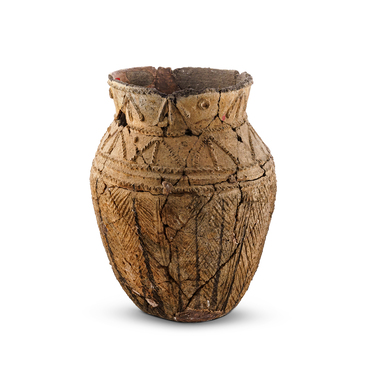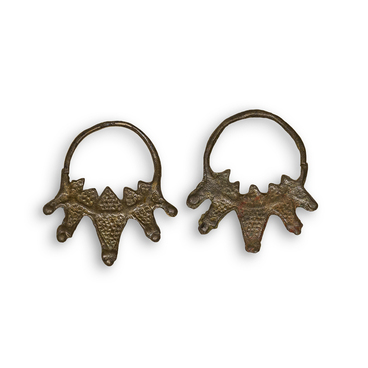Ceramics constitute the most prevalent category of archaeological finds. The fragments of broken vessels discarded by ancient people have significant scientific value. This is primarily due to the fact that pottery serves as a key chronological marker in archaeological studies. Scientists examine not only the decorative patterns applied to the vessels but also the clay composition, manufacturing method, shape, and variety of vessels found at a specific location.
The method of making pottery — hand-building or using the potter’s wheel — is an essential marker for researchers in determining the level of societal development. The Don Slavs, representatives of the Romny–Borshyovo archaeological culture, inhabited the region of modern-day Voronezh from the late 8th to early 11th centuries. They existed as a separate tribe and were a tributary of the Khazar Khaganate, officially becoming part of Kievan Rus only in the latter half of the 10th century.
The territory of the southeastern frontier of the Slavic world faced various challenges. First and foremost, the local population had to deal with aggressive neighbors. Under these circumstances, each individual community had to fully meet its own domestic needs. The woman of the house provided the entire family with tableware.
Hand-molded vessels were created using poorly mixed clay, containing large fragments of grog — crushed fired clay. Once formed, they were fired. As a result, the vessels were asymmetrical in shape, with a rough surface on the walls. To make the tableware somewhat prettier, the walls were carefully smoothed and an ornament was added to the mouth and sides.
The main type of tableware used in the Slavic culture were pots. Other items such as bowls, trays, and pans were also common. Only in the second half of the 10th century did the Don Slavs begin to produce tableware made on a crude potter’s wheel. During this time, a new decorative motif emerged for these items that looked like wavy lines, which could only be applied while the vessel was rotating on the wheel.
The Slavic pot served not only as a container for food but also as an urn. Back then many Slavs practiced pagan beliefs and cremated their dead. According to contemporary research, after cremation, large, charred bones were collected, cleaned, and placed in pots similar to those used in the kitchen. Other remains were then gathered and scattered around the container in the burial chamber within the mound.





